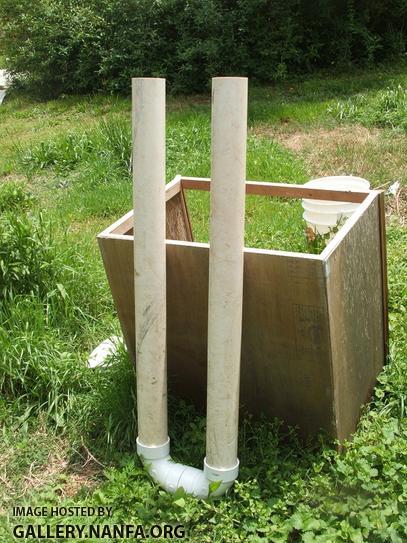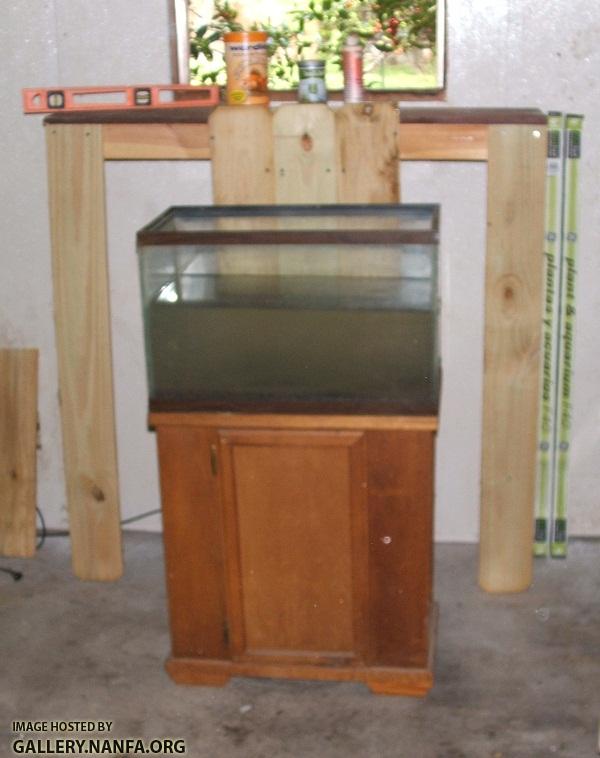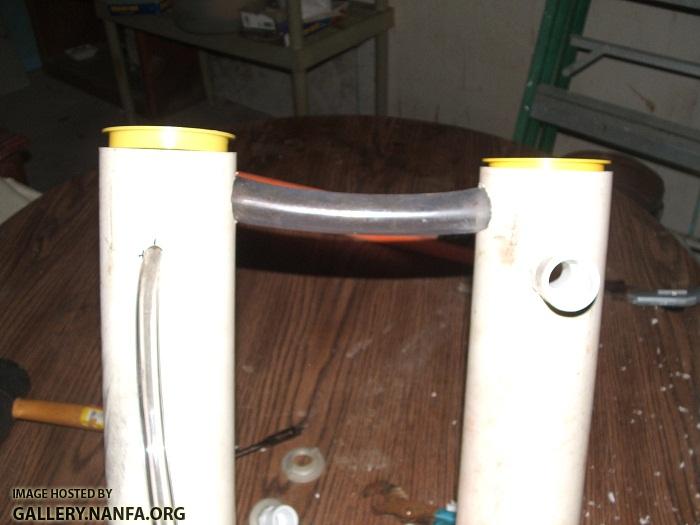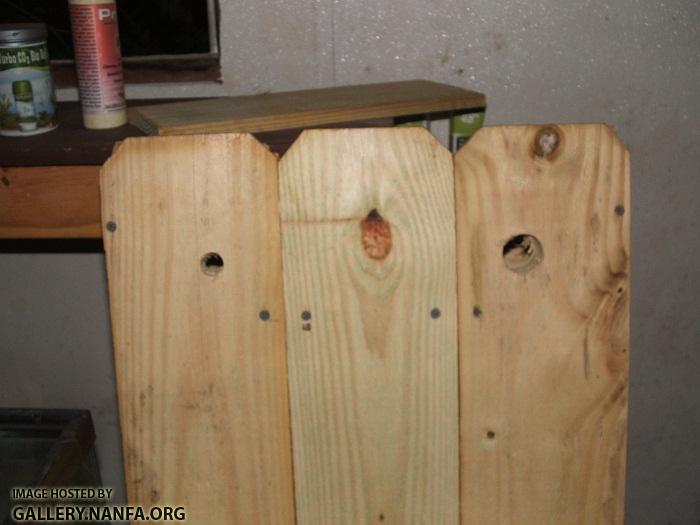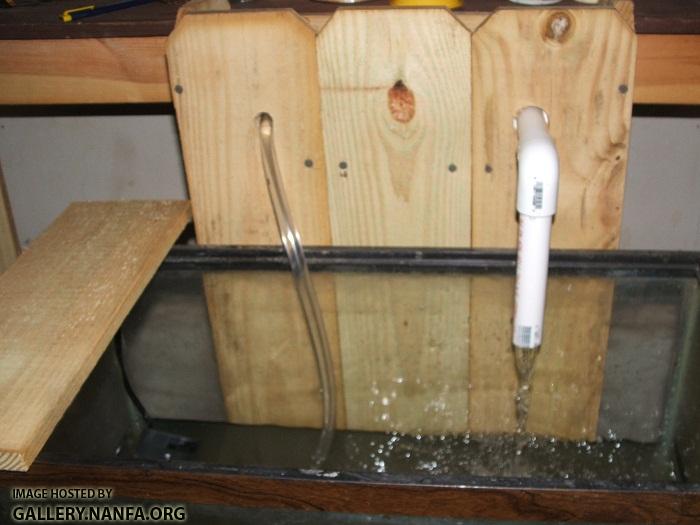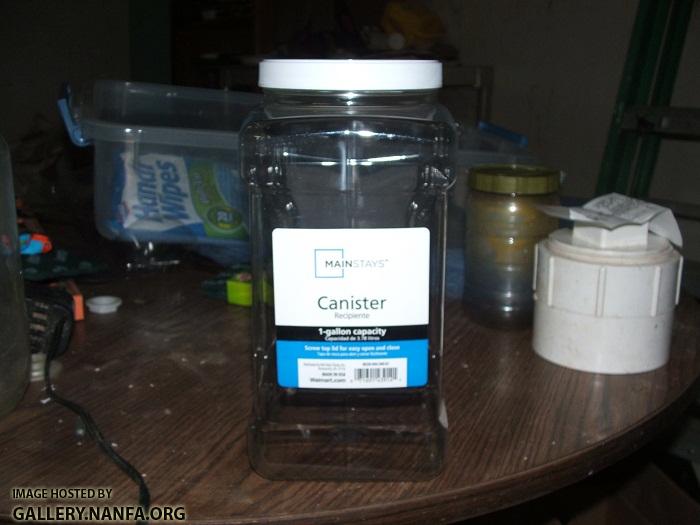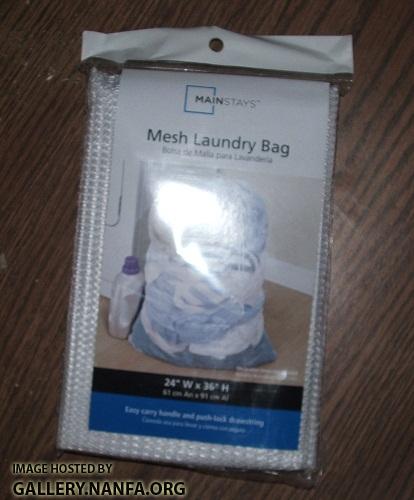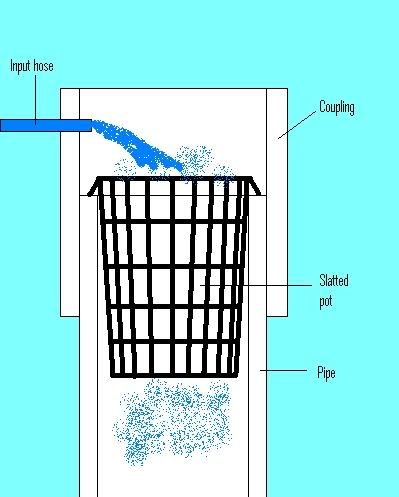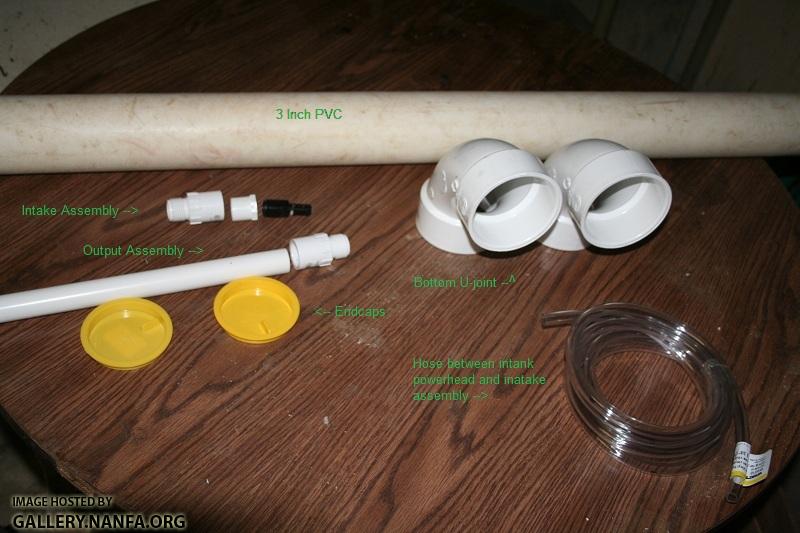
(Clog bypass not included in pic - thanks gerald)
The above picture uses 3" inch PVC with an expected water level 44 inches from the floor, or bottom of the sump. This provides a total sump volume of 2.7 gallons. This could be greatly increased with larger diameter PVC. Here is the volume tables.
Volume Table (same height 44"):
3" inch PVC = ~2.7 gallons
4" inch PVC = ~4.8 gallons
6" inch PVC = ~10.8 gallons
8" inch PVC = ~19 gallons
I am using 3" inch PVC as a demonstration because I had some extra 3" inch PVC pipe laying around and it should be big enough for the 20 gallon tank I will test it on.
Objectives:
1} Provide a large volume small footprint sump pump that can be placed behind any standard aquarium on a standard 29 inch base, or on a platform for higher tanks.
2} Remove any need for special plumbing not self contained in the sump and kept at a bare minimum making it highly portable between tanks and locations.
3} Provide the overflow on the return side to avoid the loss of priming of the siphon on standard tanks lacking a built in overflow.
4} Reduce the head pressure on the pump to near zero to maximize flow rates from any given pump.
5} Provide easy access and maintenance of the primary filter without requiring the pump to be shut down.
6} Provide a range of filtration media options easily accessible and maintainable.
7} Increase the number of bioballs or equivalent the water column must pass through in the sump.
8} Provide an external self contained location to include heaters, aerators, etc.
Caveats:
Because the water is pumped from the tank and gravity feed back in it will not maintain a constant water level as the water evaporates, but a minimum level can be maintained by limiting the depth of the pump. If it sucks air it is time to add water. If a tank has a built in overflow, or it is simply preferred, you can overflow into the U-Sump and place the pump inside the return pipe rather than the aquarium. Without a built in overflow that does not require a siphon that would require the water level in the U-Sump to be somewhat below tank level. This makes me think I should make it reversible in this way up front.
Many more features will be added later. Looks like I need to get out the chop saw because I can not find a tiny piece of my hacksaw that holds the blade on.




